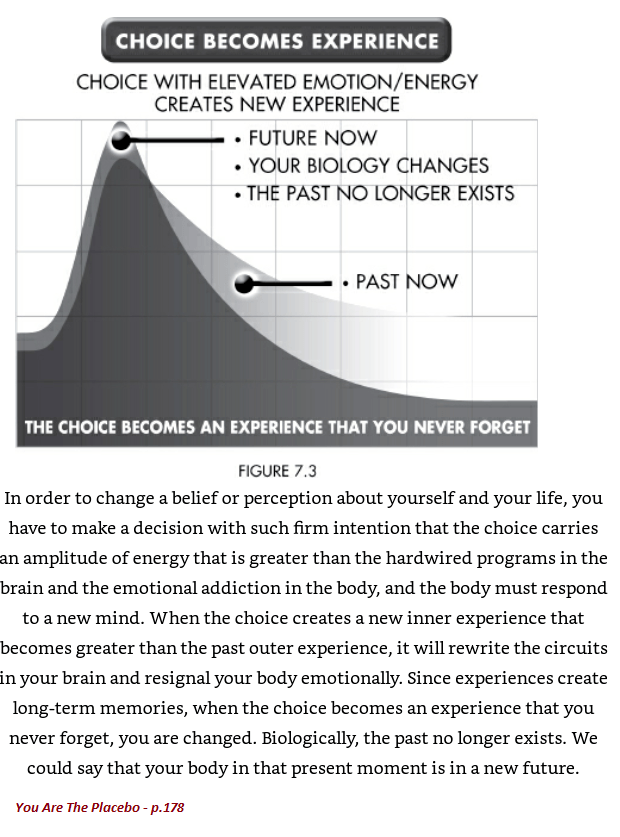Tip# 9 – Forgiveness of Faults: Letting Go of Past Emotional Trauma
Lesson 11 Module 1
(Click 3 dots to download MP3)
Sign up below to my Personal Growth newsletter.
Everyone gets hurt emotionally while living their life. Sometimes the pain is small and sometimes the pain is so big you don’t really want to live anymore.
The lingering effects of past emotional pain on present is the biggest problem that people seem to have.
Questions like these appear in people's minds:
- Why did it happen?
- Why did she/he hurt me?
- How do I process this emotional pain?
- Why do I have to suffer?
- How do I move on?
To help you grasp the concept of "Letting Go", I will take you through a very popular Zen story about 2 monks and a woman. I found this story in the book called The Power of Letting Go written by Patricia Carrington. I have summarized it in the video but this is how the original story goes.
“A Zen tale tells of two pious monks who were on their yearly pilgrimage through the mountains when they caught a sight of a young woman by the edge of a brook. She had fallen from her horse and injured her foot. In the meantime, her animal had wandered off, crossed the brook by itself, and stood grazing indifferently on the far bank.
Seeing the two monks, the young woman signalled to them and begged them to carry her across the stream, which she could not cross alone because of her injury. She was anxious to remount her horse and ride to safety before dark.
Despite the young woman’s pleas, the younger of the two monks declined to assists her because of his vow of chastity which forbade him ever touching a woman. The elder monk reacted differently. Realizing how few travellers ever came this way and aware of the dangers that might beset the young women at nightfall, he swiftly carried her across the brook, placed her on her horse, and made sure that she started safely on her journey home.
The two monks resumed their pilgrimage. When they had traveled down the road a way, the younger one, becoming more upset each moment by what he had seen, was finally unable to contain himself any longer and cried out to his companion, “I cannot believe what I saw! You broke your vow of chasity by carrying a woman in your arms!”
The elder turned to him and with a quite smile replied, “But, little brother, I let go of her ten miles back!”.
This story helps to take the concept of emotional storage and perceive it in a visual manner for better understanding.
Try to grasp that you do not need to recreate emotional pain from the past if you learn to consciously focus on it with the intent of letting go.

The goal is to shorten the time frame of letting go, so you do not suffer long.
In my video I give an example that it can take you up to 5 years to let go, but it could take less or more time.
The original concept comes from a Greek philosopher by the name of Epictetus who lived from 55 – 135 AD. In one of his teachings the following excerpt captures how events effect our emotions.
"What hurts this person is not the occurrence itself, for another person might not feel oppressed by this situation at all. What is hurting this person is the response he or she has uncritically adopted". p.22 (The Art of Living)
This Simply translates to:
“People are not hurt by the events themselves, but by the meaning they assign to these events”
Which brings me to the Cognitive Behavioral Therapy (CBT) which is a practical form of psychotherapy developed by Aron Beck in 1960s.
In CBT there is an equation:
Event + Belief = Emotion
You can simply fill in the blanks with your own variables and see the different equations that you can get.

It does not make sense for the monk to continue to be angry as he just lives in a negative current state.
So how do you move on?
There are four things that you will need to do in order to heal yourself from past emotional pain. They are:
1. Allow time to pass while you synthesize emotional pain
At this stage you will be rationalizing the pain and going through many scenarios of how it could have played out differently.
2. What will happen is you will arrive at a point where the internal emotional pain is damaging you so MUCH in the NOW that you are ready to stop focusing on it.
3. Identify what is it exactly do you want forgive to another individual(s). What specific emotional pain do you want to be release out of yourself.
4. Pick an action that for you will signify releasing this pain. It could be a one-time action like writing a letter to someone or a re-occurring action like forcing the oppressor to wash dishes for 1 year.
Then, all you need to do is to EXECUTE the action you have selected. When you will be doing this, what will happen is you will create positive emotions inside of you which will loosen the stored emotions of the past.

Also, in 2004 Barbara Fredrickson a social psychologist and professor at the University of North Carolina published a paper called, The Broaden-and-Build Theory of Positive Emotions. In this research paper she superficially states the following:
“Positive emotions ought to function as efficient antidotes for the lingering effects of negative emotions. In other words, positive emotions might ‘correct’ or ‘undo’ the after-effects of negative emotions.” – p.225
“The broaden function of positive emotions may play a role. By broadening a person’s momentary thought-action repertoire, a positive emotion may loosen the hold that a negative emotion has gained on that person’s mind and body by dismantling or undoing the preparation for a specific action” – p.225
This is pretty much the process of how to let go. It will be good if you listen to your inner self and forgive at your own time by your own method.
If you want to contact me, you can do so below.



